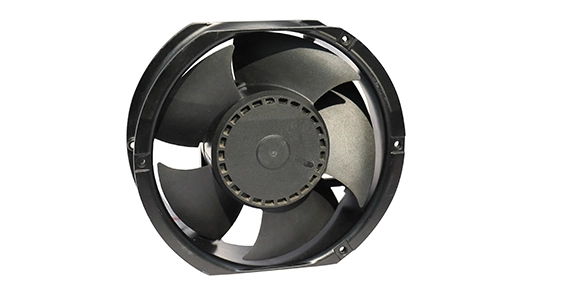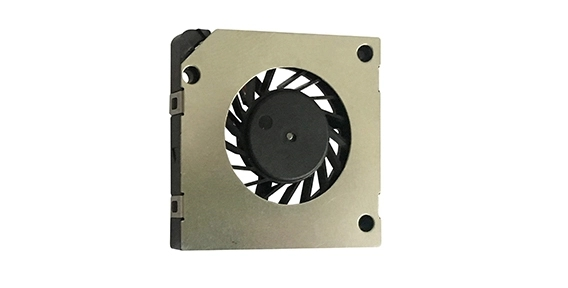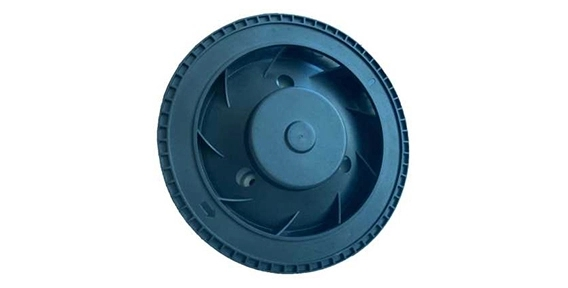DC axial fans are crucial components in various electronic devices and cooling systems. These fans are designed to provide efficient airflow, dissipating heat and maintaining optimal operating temperatures. Understanding the size range of DC axial fans is essential to ensure compatibility and effectiveness. In this blog post, we will explore the size range of DC axial flow fans and how they impact cooling efficiency.
Introduction to DC Axial Fans
DC axial fans are widely used in countless applications, including computers, servers, telecommunications equipment, and automotive systems. These fans operate by drawing air in parallel to the axis of the fan, then expelling it in the same direction. This axial airflow design offers efficient cooling with minimal noise generation.

Exploring the Size Range of DC Axial Fan
DC axial fans, also known as axial cooling fans, come in various sizes, enabling selection based on specific requirements and space constraints. The size of a fan is usually measured in millimeters and refers to the diameter of its impeller or fan blade.
The smaller sizes, such as 20mm and 30mm, are typically employed in compact electronic devices like smartphones or small computer components. These fans provide localized cooling in tight spaces where heat dissipation is critical.
As the need for cooling increases, larger axial fans come into play. Sizes like 40mm, 60mm, and 80mm are commonly utilized in desktop computers, laptops, and gaming consoles. These fans offer improved airflow and cooling capacity compared to their smaller counterparts.
For more demanding applications like servers or industrial equipment, larger sizes are required. The increased size allows for slower fan speeds while still achieving adequate cooling.

DC Axial Fan: Importance of Size in Cooling Efficiency
Selecting the appropriate size of a DC axial fan is crucial to ensure optimum cooling efficiency. Choosing a fan that is too small may lead to insufficient airflow and inadequate heat dissipation, resulting in higher operating temperatures and potential device malfunctions.
Conversely, opting for a fan that is overly large can lead to unnecessary power consumption, excessive noise, and increased costs. Therefore, understanding the cooling requirements of the specific application is crucial to determine the appropriate size range of the DC axial fan.
In addition to the size, other factors such as fan speed, airflow rate, and static pressure should also be considered when selecting a DC axial fan. These parameters influence the overall cooling efficiency and should be aligned with the requirements of the electronic device or system.
The size range of DC axial fans varies to cater to different applications' cooling needs, ranging from compact electronic devices to industrial equipment. It is essential to consider the specific requirements, space constraints, and cooling efficiency when selecting the appropriate size of a DC axial flow fan. By choosing the right size and taking other factors into account, such as fan speed and airflow rate, optimal cooling performance can be achieved, ensuring the longevity and reliability of electronic devices.

 EN
EN 
 +
+
 +
+
 +
+



